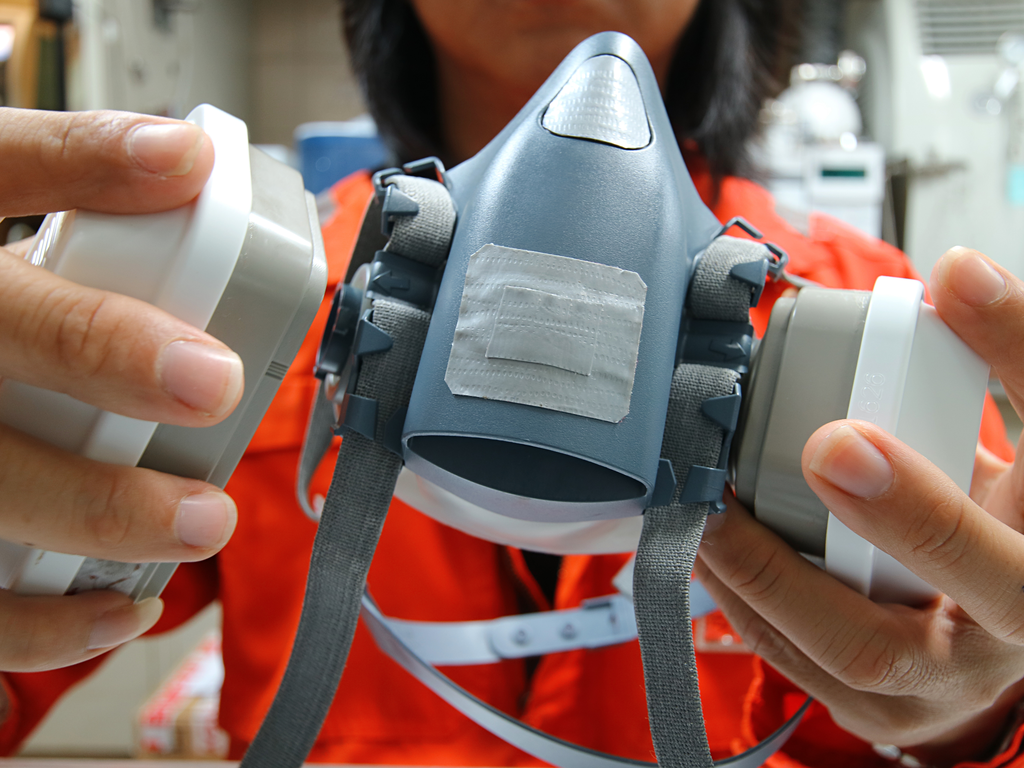Find answers to your questions about personal protective equipment (PPE) in the workplace during COVID-19.
All respirators are rated to protect against a certain concentration of particulates. The N95 gives the minimum acceptable protection for an infectious contaminant such as COVID-19. The information contained in this briefing is valid ONLY when looking for alternatives to the N95. In most manufacturing and food processing use cases, the alternative options noted provide greater protection than the N95 respirator mask.
Fit testing is required for any tight-fitting respirator, including the N95 and any half face/full face alternative respirator. Certain exceptions may apply.
Some workers are opting to wear Cloth and Surgical masks. It is important to make aware that these types of masks may not protect you from the virus. These do not form a tight seal with the face and are not considered as an equivalent to the N95s. Cloth and surgical masks have their limitations, and these should be communicated to your workers. See this document from WorkSafeBC, on the differences between Cloth, Surgical, and Disposable N95 respirators.

